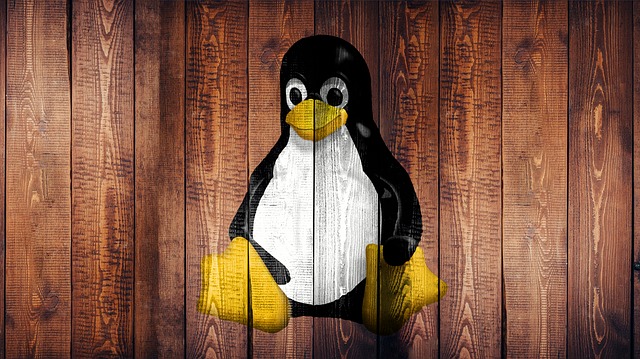Virtualization is the process of splitting the computer’s physical resources, such as RAM, hard disk space, and CPU, and allocates them to separate systems. It is not a “real” system because it has created a separate partition in the Windows operating system. Therefore, it is called a “virtual” computer running inside the operating system. In our virtualization exercise below, we take the virtual machine, for example, a Linux Oracle Virtual Machine, and install two operating systems like Windows and Linux Ubuntu.
Advantages of virtual machines
If you may want to know the virtual machine’s role and its advantages, we have mentioned them below.
New operating system
A virtual machine allows you to use two different operating systems on the same computer. For example, if your computer is running on a Windows operating system, but you also want to try Linux Desktops, you can install and use Linux on a virtual machine.
Run old/incompatible software
If you are using Ubuntu, you may be familiar with the fact that Ubuntu cannot run Windows applications. Ubuntu has some tools that allow users to simulate Windows applications, but they still cannot provide the original feel.
In this case, you can install Windows 7 on the virtual machine and run Windows applications. Similarly, you can run incompatible tools on the virtual machine by creating an older Windows Virtual PC version.
Develop applications for other platforms
Application developers usually use virtual machines to test new applications and then release them to different platforms. Virtual machines typically allow users to run multiple operating systems on one computer, allowing them to test their applications on various platforms. These things will only make things easier.
How to Set Up A Virtual Machine on Windows to Run Linux
There are several ways to install Linux. You can clean up everything in your system and install Linux.
Similarly, you can dual boot Linux and Windows and select the operating system at boot time. You can also install Linux on Windows from the Microsoft Store (although this only provides a command-line version of Linux).
However, if you want to use Linux without making any changes to your Windows Desktops you can use virtual machines. You install and use Linux, just like a regular Windows application.
If you wish to limit your use of Linux, virtual machines offer the most comfortable option.
Virtual Machine software
VirtualBox
Oracle’s free open-source virtualization software. It allows you to install other OS on your virtual machine.
Virtualization manager
Virtualization Manager is a virtual machine monitoring and management tool that helps you coordinate performance issues.
VMware workstation player
VMware Workstation Player is a system specially developed for IT professionals and developers.
VMware Fusion (Mac)
VMware Fusion for Mac is virtual machine software. This tool is known for cloud computing software and virtualization. This allows multiple applications to be used simultaneously on different operating systems.
Parallel
Parallels are the fastest and easiest virtual desktop application to run Windows or Mac devices without restarting. Parallels allow you to deploy hundreds of installations quickly.
Hyper-V
This is a hyperlink designed to create virtual machines on x86-64 systems. Server computers running Hyper-V can use one or more networks.
Step by step install ready? Let’s start.
Step 1 – Install the VirtualBox
We have chosen to add instructions for using VirtualBox, but you can use any of the above software mentioned above. This software can improve the entire virtualization process. If you haven’t downloaded it yet, please download and install it here.
Step 2. Download Ubuntu Desktop
Again, we have chosen to use Ubuntu; however, you can use other Linux software, including Ubuntu desktop, Linux Mint, and Fedora Workstation. Then, you need to track the Linux version that suits your needs.
- Set up the virtual machine
Now that VirtualBox is installing and Linux is downloading, then set up the guest OS. Open VirtualBox, click “New,” and use the following steps as a guide.
- Install the Linux operating system
The new guest operating system is ready but still needs to be installed. Select the new VM on the left and click “Start” at the top.
After selecting the file, click “Start.” This will display the OS boot options from which you can follow the prompts. After installation, you are now able to start and boot from either.
